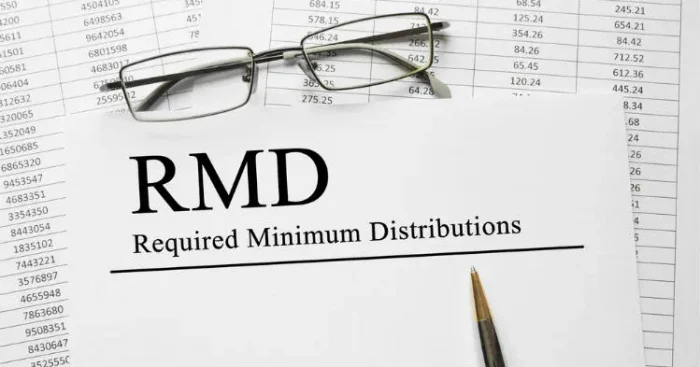By Michael Christodoulou
 You may spend decades contributing to various retirement accounts. But for some accounts, such as a traditional IRA and 401(k), you must start withdrawing funds at a certain point. What should you know about this requirement?
You may spend decades contributing to various retirement accounts. But for some accounts, such as a traditional IRA and 401(k), you must start withdrawing funds at a certain point. What should you know about this requirement?
To begin with, the rules governing these withdrawals — technically called required minimum distributions, or RMDs — have changed recently. For many years, individuals had to begin taking their RMDs (which are based on the account balance and the IRS’ life expectancy factor) when they turned 70½.
The original SECURE Act of 2019 raised this age to 72, and SECURE 2.0, passed in 2022, raised it again, to 73. (If you turned 73 in 2023, and you were 72 in 2022 when the RMD limit was still 72, you should have taken your first RMD for 2022 by April 1 of this year. You will then need to take your 2023 RMD by Dec. 31. And going forward, you’ll also need to take your RMDs by the end of every year.)
Not all retirement accounts are subject to RMDs. They aren’t required for a Roth IRA, and, starting in 2024, won’t be required for a Roth 401(k) or 403(b) plan. But if your account does call for RMDs, you do need to take them, because if you don’t, you could face tax penalties. Previously, this penalty was 50% of the amount you were supposed to have taken, but SECURE 2.0 reduced it to 25%.
When you take your RMDs, you need to be aware of a key issue: taxes. RMDs are taxed as ordinary income, and, as such, they could potentially bump you into a higher tax bracket and possibly even increase your Medicare premiums, which are determined by your modified adjusted gross income.
Are there any ways you could possibly reduce an RMD-related tax hike? You might have some options. Here are two to consider:
• Convert tax-deferred accounts to Roth IRA. You could convert some, or maybe all, of your tax-deferred retirement accounts to a Roth IRA. By doing so, you could lower your RMDs in the future — while adding funds to an account you’re never required to touch. So, if you don’t really need all the money to live on, you could include the remainder of the Roth IRA in your estate plans, providing an initially tax-free inheritance to your loved ones. However, converting a tax-deferred account to a Roth IRA will generate taxes in the year of conversion, so you’d need the money available to pay this tax bill.
• Donate RMDs to charity. In what’s known as a qualified charitable distribution, you can move up to $100,000 of your RMDs directly from a traditional IRA to a qualified charity, avoiding the taxes that might otherwise result if you took the RMDs yourself. After 2023, the $100,000 limit will be indexed to inflation.
Of course, before you start either a Roth IRA conversion or a qualified charitable distribution, you will need to consult with your tax advisor, as both these moves have issues you must consider and may not be appropriate for your situation.
But it’s always a good idea to know as much as you can about the various aspects of RMDs — they could play a big part in your retirement income strategy.
Michael Christodoulou, ChFC®, AAMS®, CRPC®, CRPS® is a Financial Advisor for Edward Jones in Stony Brook. Member SIPC.







